Plastic tie straps are fasteners designed to securely hold wires and cables together to organize them and stop them from getting damaged. Also called zip ties, these plastic cable straps are made of durable nylon, have internal threading on flexible tape, and have an open end. Plastic tie-down straps come in different lengths, materials, and colors to hold cables in engineering, building construction, and packaging industries.
Why Are Plastic Cable Ties in High Demand?
The plastic wire straps are very convenient to use, their easy operation reduces the time required to bind and untie a set of cables. The flexible tail and ergonomic design allow for smooth cord ties. The internal teeth on the strap allow users to adjust it without causing any damage to the wires, cables, or objects being tied together. Long plastic tie straps come in various colors to aid identification. Users can assign colors to various uses so that other people working on the same cables can easily identify them and avoid errors. Heavy-duty plastic tie straps provide high tensile strength so they remain intact without damage for many years. Some plastic wire tie straps are also made with materials that are waterproof, weather-resistant, and fire-retardant.
Which Type of Plastic Cable Ties Are Available?
Apart from the standard plastic cable tie straps, other types of cable ties exist for special protection or to handle heavy-duty operations. Heat-resistant zip ties are ideal for use where a substantial amount of heat is generated. Releasable cable ties are perfect for repeated use. They can be opened to accommodate more cables. Write-on tie straps are standard plastic tie straps with a tag for marking or writing on. Screw-on cable ties are ideal for fastening the straps to wooden or metal panels.
How Do You Choose the Right Plastic Tie Straps?
When choosing a self-locking plastic strap to tie wires or cables together, select a material that can withstand the weather and conditions where the cables will stay. Consider the mechanical and tensile strength, largest diameter, width, and length. Also, examine the temperature range that the material can withstand. If the area is going to be moist, choose a waterproof material. Before making your order online, read reviews about the product and supplier.












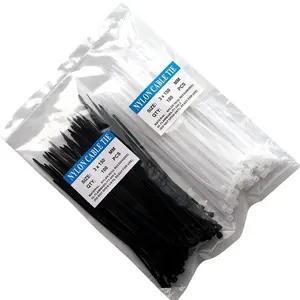
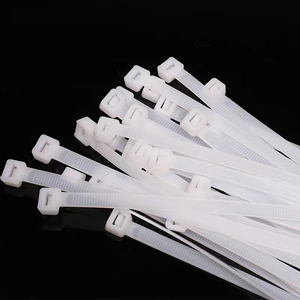
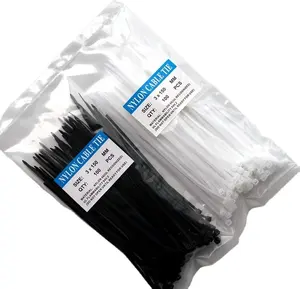



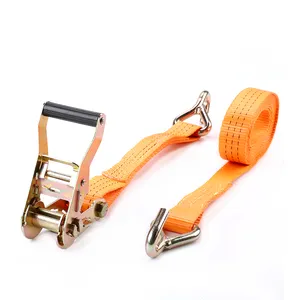
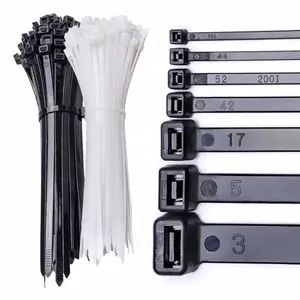








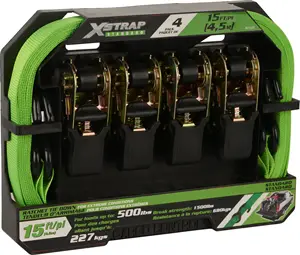


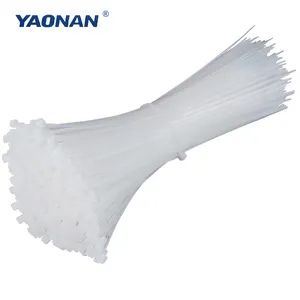


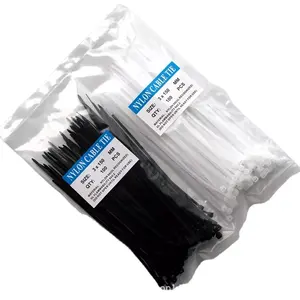






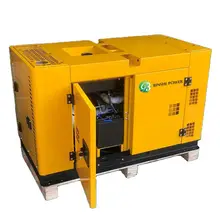

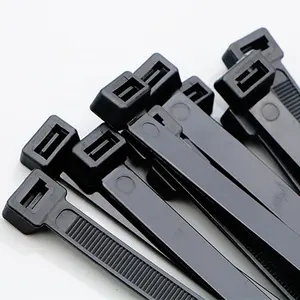


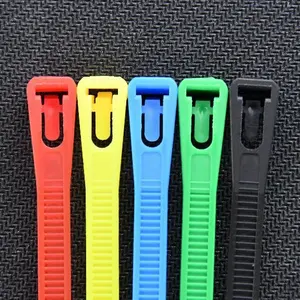


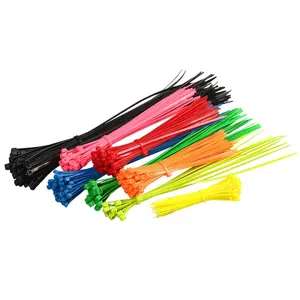

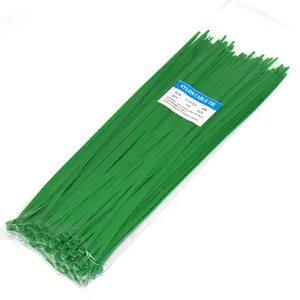




















 浙公网安备 33010002000092号
浙公网安备 33010002000092号 浙B2-20120091-4
浙B2-20120091-4